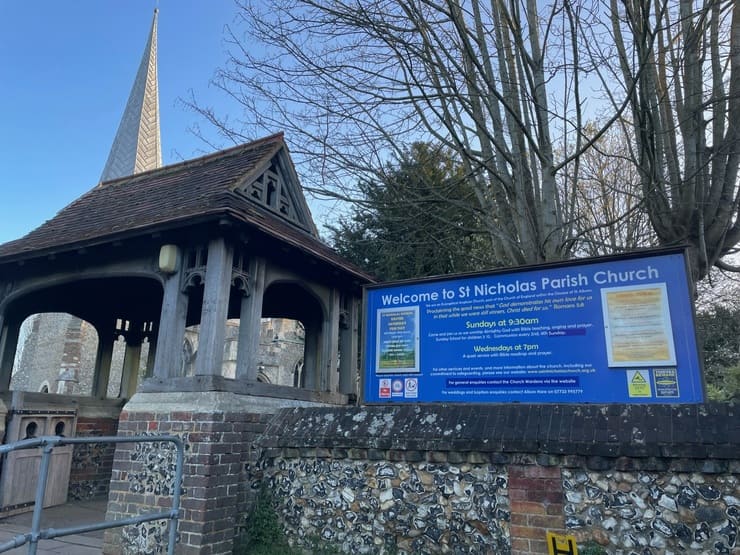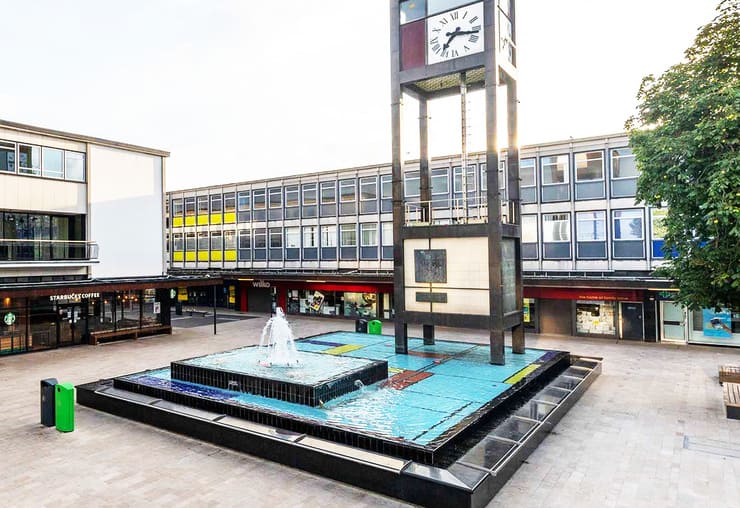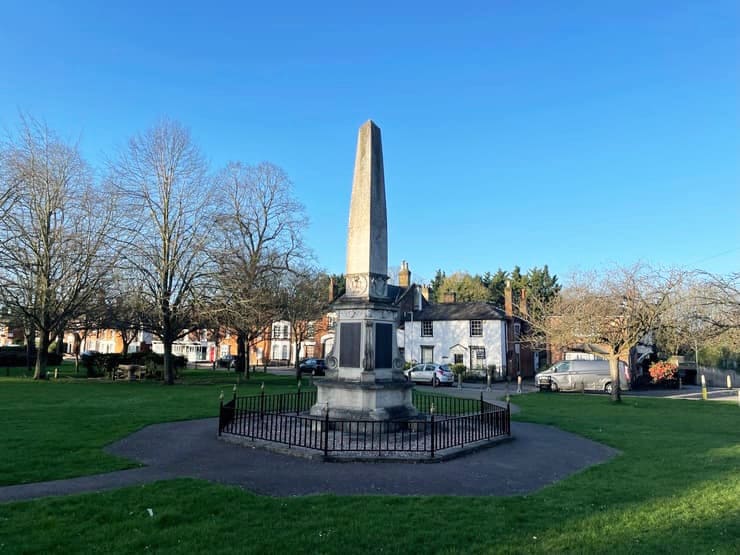Historical Landmarks in Stevenage
Page sponsored by…
Nestled in the heart of Hertfordshire, Stevenage might surprise the uninitiated with its rich tapestry of history. While often associated with its status as the UK’s first New Town, Stevenage boasts a fascinating blend of ancient roots and modern development. From medieval monuments to remnants of its post-war transformation, the town offers a journey through time for those who take the time to explore it. Here’s a look at some of the historical landmarks in Stevenage that any history enthusiast or curious visitor should not miss.

1. Stevenage Old Town
The charm of Stevenage Old Town is undeniable. Strolling down its High Street is like taking a step back in time. This area retains much of its historical character, with a series of timber-framed buildings that harken back to a bygone era. The old coaching inns, such as The White Lion and The Red Lion, still stand as reminders of when the town served as a significant stop on the Great North Road. For those interested in the history of Stevenage, the Old Town is the perfect starting point, offering insights into the town’s development long before it became synonymous with post-war modernisation.

2. St Nicholas’ Church
At the centre of Stevenage’s spiritual history lies St Nicholas’ Church, a Grade I listed building that dates back to the 12th century. The church is a remarkable example of Norman architecture, with its sturdy tower and intricate stonework. Inside, visitors can admire the beautiful stained glass windows, some of which are medieval in origin. The churchyard is equally fascinating, housing the graves of several notable figures, including those who played pivotal roles in the town’s history. Exploring St Nicholas’ Church provides a serene yet profound connection to the centuries of history that have shaped Stevenage.
3. The Bowes-Lyon House
Bowes-Lyon House is a striking example of architecture. This building was opened by one of the more popular members of the Royal Family, Lady Elizabeth Bowes-Lyon, became the Queen Mother. The house is not just an architectural gem; it is also a reminder of the town’s connections to the British aristocracy. While it is now used for various community functions, its historical significance and elegant design make it one of the key places to visit in Stevenage for those interested in the town’s more illustrious past.
4. Six Hills
The mystery of Six Hills is sure to captivate visitors. These six large mounds, situated on the edge of the Town, are believed to be Roman burial mounds, dating back nearly 2,000 years. They are the largest such group in England, and their purpose, while not fully understood, points to the long and varied history of Stevenage. The site is a Scheduled Ancient Monument, and standing before these ancient tumuli, one can’t help but ponder the lives of those who were laid to rest here centuries ago.

5. Stevenage New Town Heritage
While the term “New Town” might not conjure images of historical significance, Stevenage’s designation as the first New Town in 1946 is a key part of its heritage. The New Town was designed to alleviate housing shortages in post-war London, and it quickly became a model for modern urban planning. The architectural style of the New Town, with its distinctive roundabouts, pedestrianised shopping precincts, and neighbourhood-based layout, was revolutionary at the time and has influenced urban design across the UK.
For those interested in the history of Stevenage, exploring the New Town’s architecture is a must. The iconic clock tower in the town centre, the distinctive housing estates, and the carefully planned green spaces all tell the story of a town that was at the forefront of mid-20th century urban development. The Stevenage Museum offers detailed exhibits on this period, making it a great stop for visitors wanting to delve deeper into the town’s more recent history.
6. The Lost Landscape of Stevenage
One of the more intriguing aspects of Stevenage’s history is the concept of its “lost landscape.” This refers to the changes the town underwent as it expanded and developed over the centuries, particularly with the creation of the New Town. Areas that were once open fields or ancient woodlands have been transformed into residential and commercial spaces, yet traces of this ancient landscape still remain. For instance, Whomerley Wood is a small but significant remnant of the ancient forests that once covered much of the area.
Exploring these landscapes offers a unique perspective on the town’s development. Walking through the woods or along the old routes that crisscross the town, visitors can imagine what Stevenage might have looked like before the advent of the New Town. It’s a reflective experience that adds depth to any visit, connecting the past with the present in a tangible way.
7. Aston House
Just a short distance from Stevenage lies Aston House, a place steeped in wartime history. During World War II, this seemingly innocuous country house was actually a top-secret research facility, where scientists worked on developing explosives for the war effort. The house played a critical role in the success of operations such as the famous Dam Busters raid. Today, while the house itself is private, the story of its wartime activities adds an intriguing chapter to the history of the area.

8. The Old Town War Memorial
A poignant reminder of the sacrifices made by the people of Stevenage is the Stevenage War Memorial, located at the northern end of the High Street. The memorial commemorates the local soldiers who lost their lives in the World Wars. The sombre monument is a place of reflection and a testament to the town’s resilience through some of the most challenging periods in British history. Visiting the memorial provides a moment to honour those who served and to consider the impact of global events on this seemingly quiet corner of England.
Stevenage is much more than just a post-war New Town
It’s a place where history lives on in its buildings, landscapes and stories. From its ancient Roman mounds to its pioneering urban design, the town offers a diverse array of historical landmarks that cater to all interests. Whether you’re a history buff looking to uncover the rich heritage of Stevenage, or simply searching for things to do in Stevenage on a weekend, the town’s historical sites provide a fascinating journey through time. Each landmark tells a different part of the story, making Stevenage a place well worth exploring for anyone interested in the layers of history that have shaped modern Britain.
Share this page
Want to sponsor this page?
To sponsor this page, simply purchase a Page Sponsor plan and we’ll be in touch to discuss which page you’d like to sponsor.